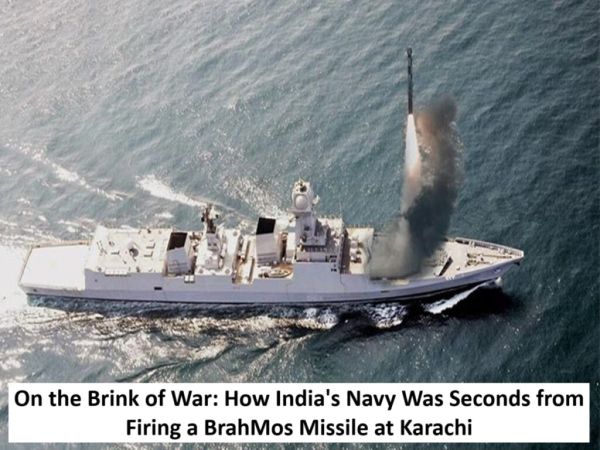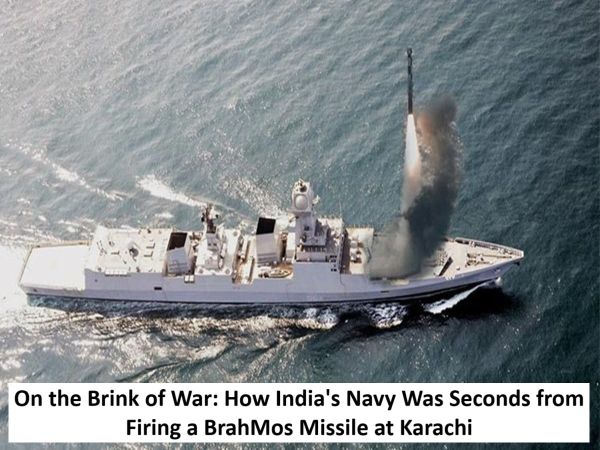

A stunning new report has unveiled a chilling secret from one of the most tense periods in India-Pakistan history, revealing just how close the two nations came to all-out war. During the 2001-2002 military standoff known as Operation Parakram, the Indian Navy had deployed a warship armed with a brand-new BrahMos supersonic cruise missile, which had “zeroed in” on Karachi harbor and was moments away from launching a devastating strike.
The revelation comes from a report authored by Commodore G Prakash (retired) for the United Service Institution of India (USI), a prominent defence think tank. The report details a high-stakes naval operation that has remained largely unknown to the public until now.
A Hair-Trigger Standoff
The crisis was triggered by the December 2001 terrorist attack on the Indian Parliament. In response, India initiated Operation Parakram, a massive mobilization of its armed forces along the border and coastline, leading to a tense, year-long standoff.
According to Commodore Prakash, at the peak of these tensions, a Rajput-class destroyer was dispatched to the North Arabian Sea. This wasn’t just any warship; it was armed with the BrahMos, a game-changing missile developed jointly with Russia, which was then the newest and most formidable weapon in India’s arsenal.
The warship’s mission was clear: it successfully locked its BrahMos missile system onto key strategic targets within Karachi harbor. A single command to fire would have unleashed the missile, which, due to its supersonic speed and immense power, would have been nearly impossible for Pakistani forces to intercept.
The Decision for Strategic Restraint
Commodore Prakash noted that a strike would have been “devastating” and inflicted “unacceptable damage” on Pakistan. However, despite the military readiness and the immense provocation of the Parliament attack, the final order to launch was never given.
The government at the time, led by Prime Minister Atal Bihari Vajpayee, ultimately chose the path of strategic restraint. After a prolonged and tense standoff, the leadership decided to de-escalate the situation and pursue diplomatic solutions rather than military conflict.
This historical account provides a gripping insight into a critical moment, showcasing not only the formidable and early capabilities of the BrahMos missile system but also the calculated restraint exercised by India’s leadership at the very brink of war.
Read More: On the Brink of War: How India’s Navy Was Seconds from Firing a BrahMos Missile at Karachi